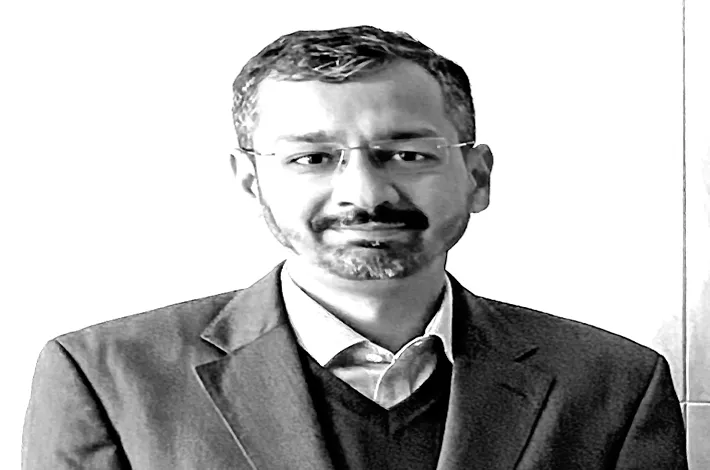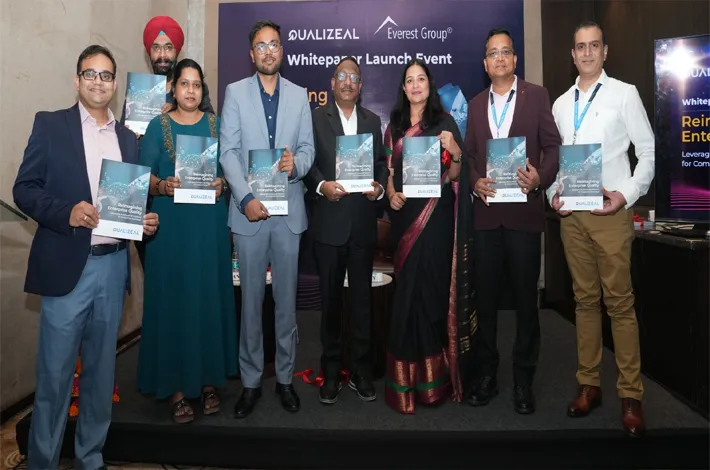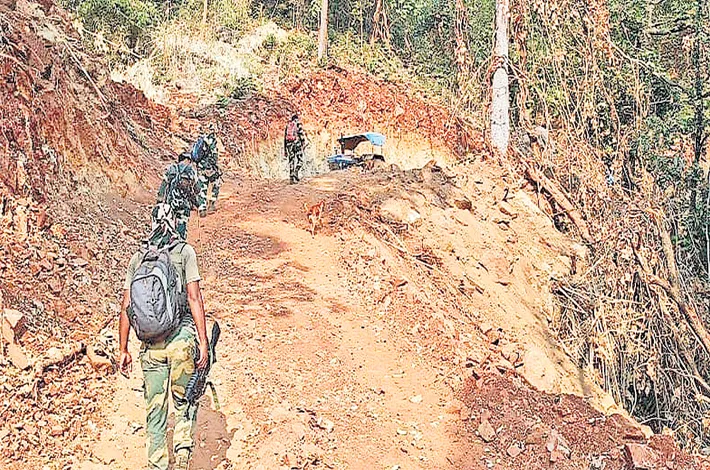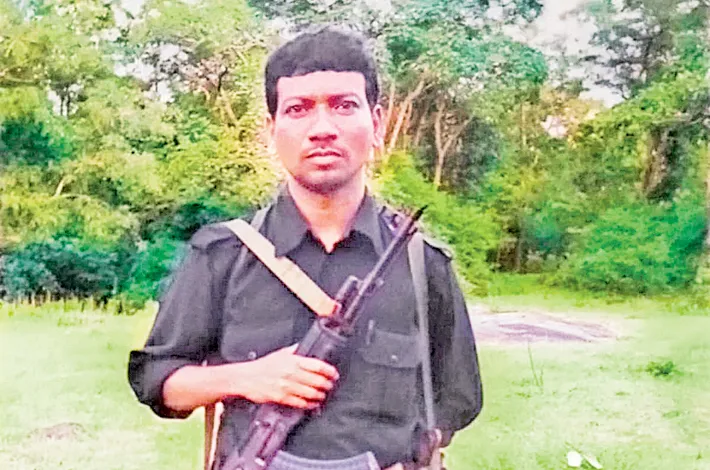The invisible and insulated gates of South Mumbai
19-11-2025 12:00:00 AM

Mumbai’s newer infrastructure gleams like progress, but in reality its genesis is social, built to insulate privilege from the ‘others’
I was recently struck by something a South Mumbaikar friend said. Let’s call him Rahul, a popular name in Hindi cinema. He is observant in the way only someone who has seen the world—all his life—from a balcony overlooking the sea can be. Without the sea, whether in his club or home or office, he is simply not who he is.
We were talking about Mumbai’s new infrastructure—the sea link extensions, RoRo, coastal road, Atal Setu, flyovers, and expressways curling towards the old and new airports—when he said, quite casually, “You know, Mumbai’s infra has been built over so many years just to ensure that South Mumbaikars can get to the airport or weekend retreats in Alibaug and Lonavala without ever meeting ‘the other humans’.”
Mumbai’s mythology was built around its democracy of space—the stories of the local train where a diamond merchant could brush shoulders with a blue-collar worker, where everyone sweated equally. That Mumbai still exists somewhere between the suburbs and the ultra-suburbs like Virar, in compartments where elbows and lives collide.
Rahul went on to explain how almost all of Mumbai’s ruling class—politicians, bureaucrats, industrialists, and celebrities—are packed within the old island city. What he calls ‘the zip codes of power’. He added smoothly that most of them, him included, have inherited kingdoms without the inconvenience of creation.
The city’s elite, clinging to nostalgia as identity, call it SoBo and don’t realise that Bombay became Mumbai many years ago. Yet if you dare call it ‘SoMu’, you instantly become the outsider-who-doesn’t-belong.
And then there’s the tribe of the rich-but-not-SoBo, who describe Alibaug as the Hamptons of Mumbai—for they’ve likely never been to the real Hamptons. They call it so to feel grand. Just like a “New Cuffe Parade” luxury project rose from an old dump yard at Anik Depot, 20 km away from the actual Cuffe Parade.
The city’s geography has always been a metaphor for its existence: the further north or east you go, the more unreal and the more humans per sq ft. And every civic snarl or snag becomes an opportunity for project extensions and next-election posters.
To understand Mumbai’s moral geography, one must understand guilt. The rich would rather not know how others live. The irony is that SoMu still imagines itself as liberal and cosmopolitan, and the intellectual centre of a city that prides itself on modernity. But like all illusions, it rests on its own code of quiet, efficient segregation.
The truth is, Mumbai is no longer one inclusive city. It is an archipelago of bubbles. When these groups do meet—at the airport, at a cricket match or at a traffic signal—it is a brief reminder that “Mumbaikar” means very different things depending on where you sleep and how far you must travel to reach your bed each night. And I say this fondly—many of my friends live in SoBo. They are wonderful people, and I can’t think of anyone more qualified to be unaware of the rest of Mumbai.
And this is where the tragedy deepens: everyone is trying to copy this isolation. The new rich in Bandra, expensive towers in midtown Prabhadevi and Lower Parel, the upwardly mobile in Powai, and the gated towers of Thane—all mimic South Mumbai’s selective distance. Mumbai once drew its energy from positive friction—the constant rubbing together of ambition and despair, of new arrivals and old money. Not anymore.
Of course, the city builders will insist that the new infrastructure linkages are all for the greater good. And they are right, but only in the way a brochure is right. Because the question is not what the city is building, but who it is building for. Mumbai’s bosses have long allowed the city to scale up as Slumbai, only to drape it in vinyl whenever a VVIP passes or a global event arrives. And one can never quite tell if real estate is the city’s ‘deep state’ or if the powers-that-be are the actual owners of the realty kingdoms that make Mumbai.
Mumbai does not even have footpaths, yet it thinks itself citizen-centric.
The city spends thousands of crores to ensure cars float over the sea (oops, and potholes) but cannot build a place for people to walk. There is virtually no greenery, no public parks, no benches, no shade, and no sense that citizens are meant to inhabit the city; only that they are meant to move through it quickly. There are no newer public hospitals or better quality of daily life. Even when a new steel dustbin is installed, it arrives with a ribbon-cutting, as if the city’s gods are doing charity.
The state often behaves as though it is doing citizens a favour by building anything at all, when the real favour would be to build things that don’t require repairs every monsoon. And this theatre becomes even more comic in a cash-rich municipality, presiding over a city that appears either permanently under construction or abandoned in forgotten pockets.
Mumbai suffers from a peculiar kind of Stockholm syndrome. Its residents have been held hostage by the city for so long that they think it is love. They keep saying they are lucky to live here. “At least we don’t have an AQI of 800 like Delhi,” they remind themselves as they drive through potholes deep enough to have nicknames, past walls plastered with political vanity and encroachments that have more rights than taxpayers. The suburbs are neglected, the noise unrelenting, the traffic soul-crushing—yet the city’s victims keep whispering, feeling blessed. After all, a few square kilometres of SoMu account for a few percentage points of India’s GDP—the country’s richest gated community pretending to be a city.








